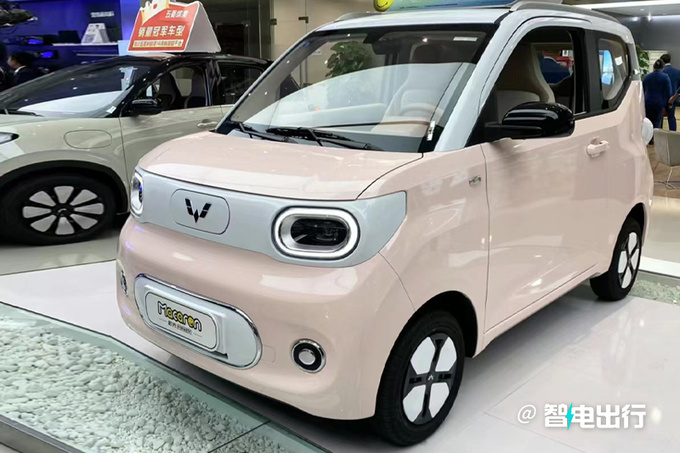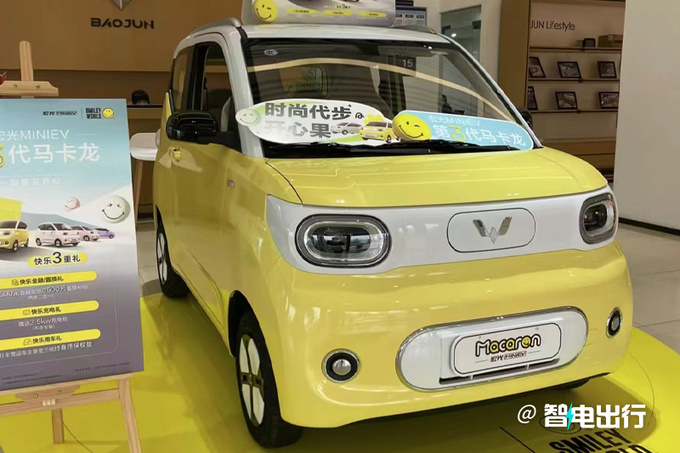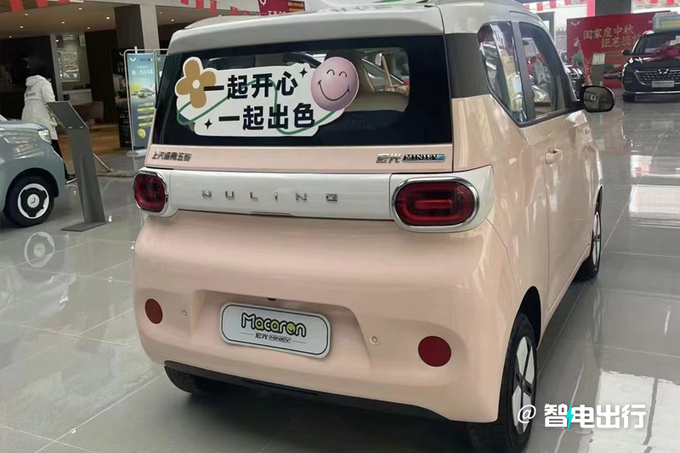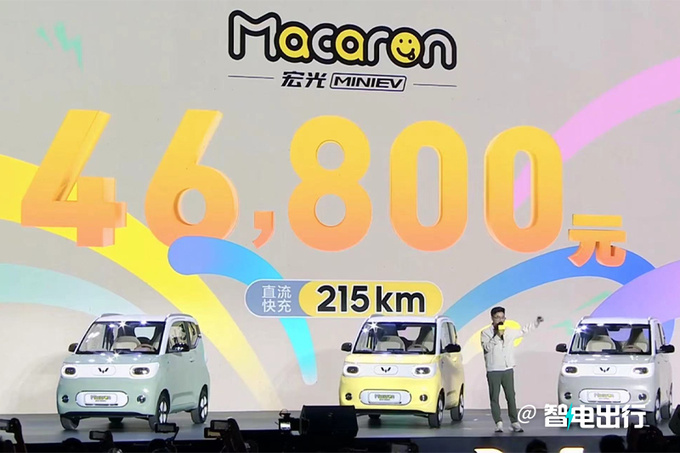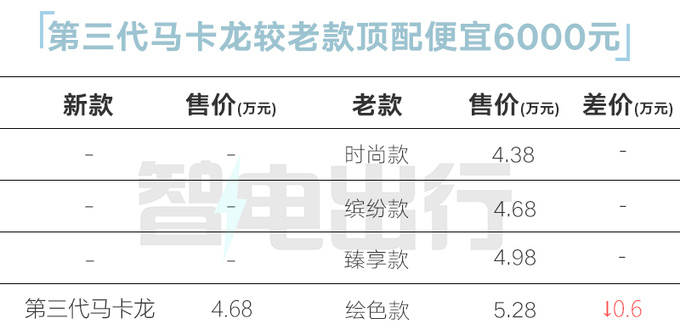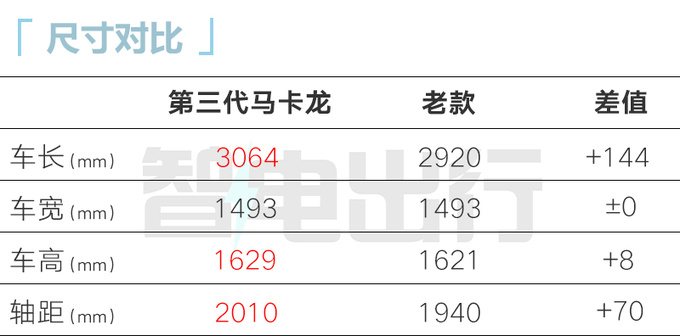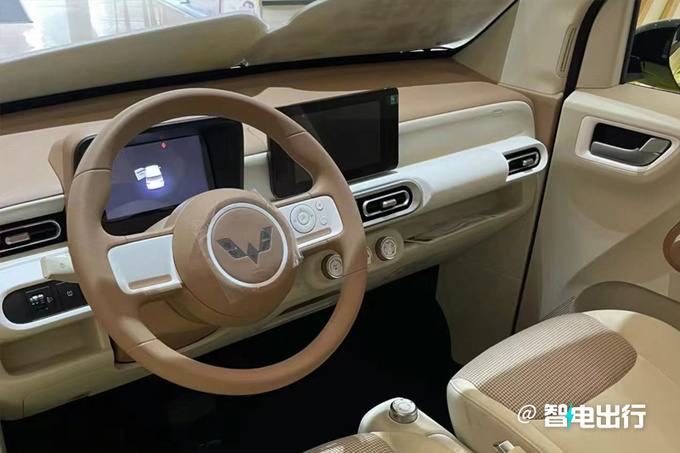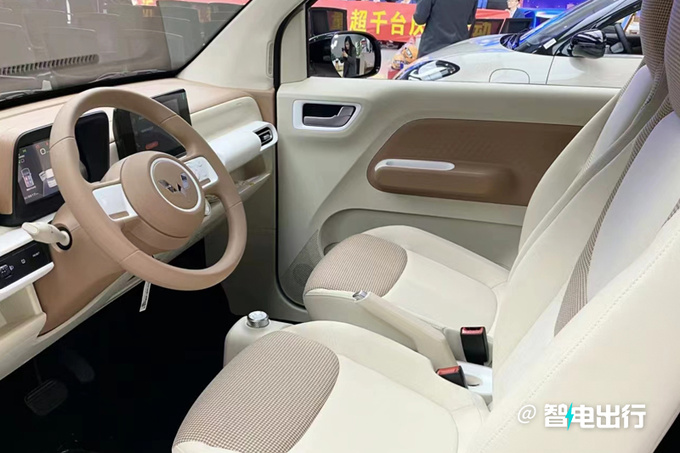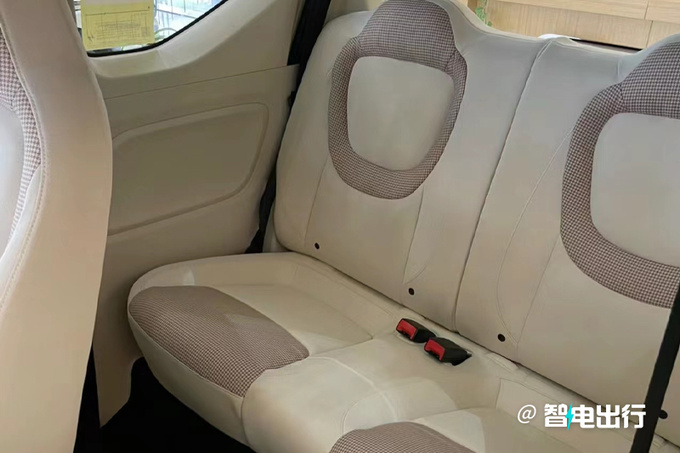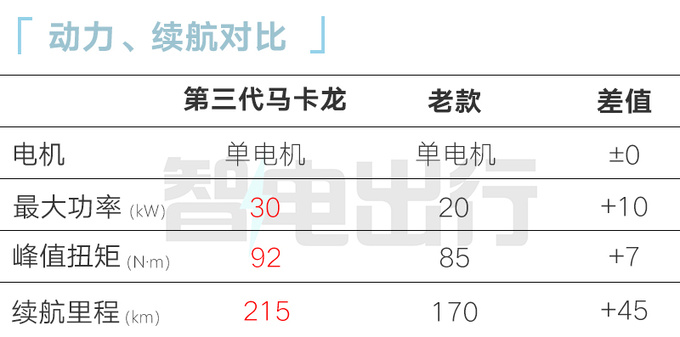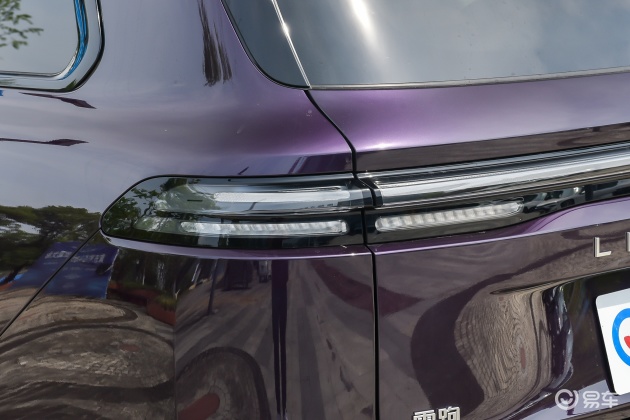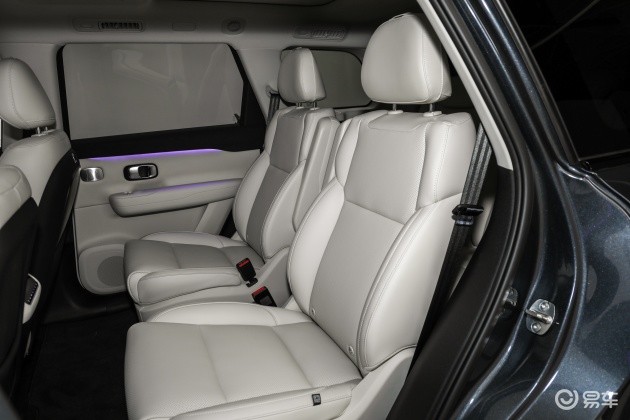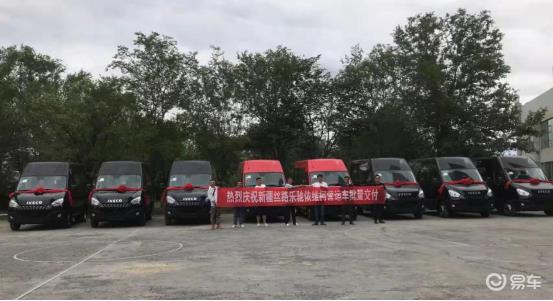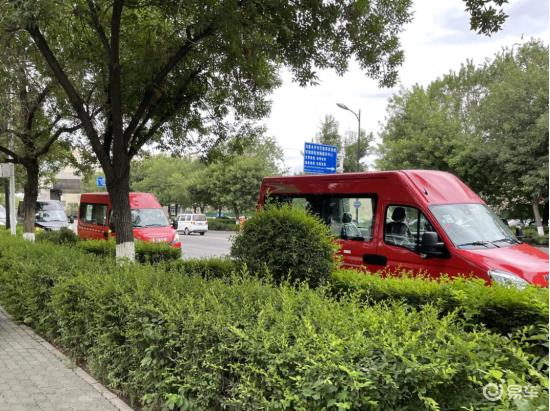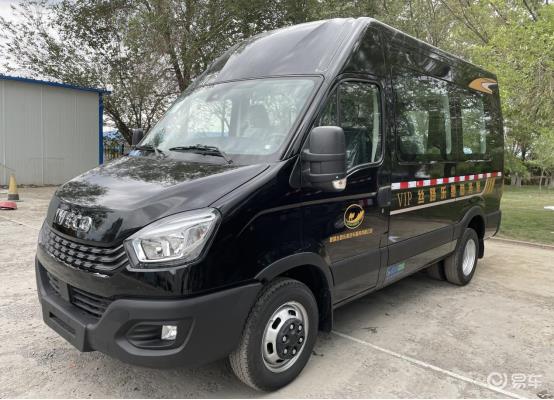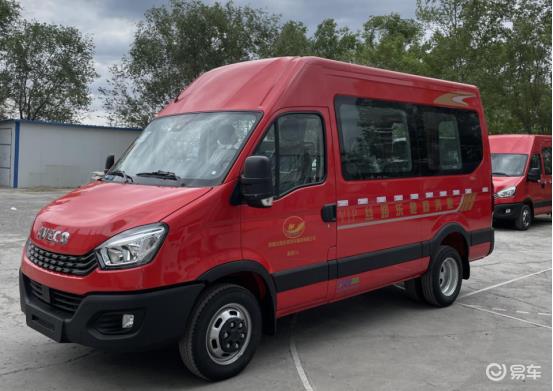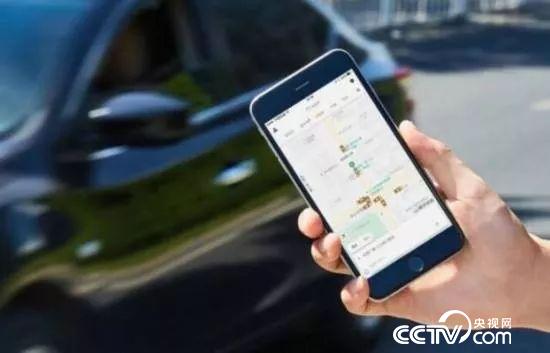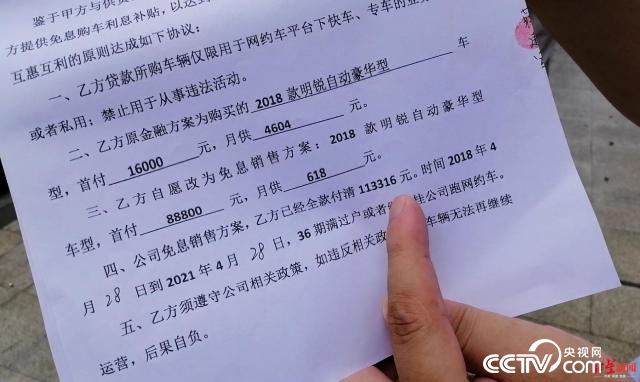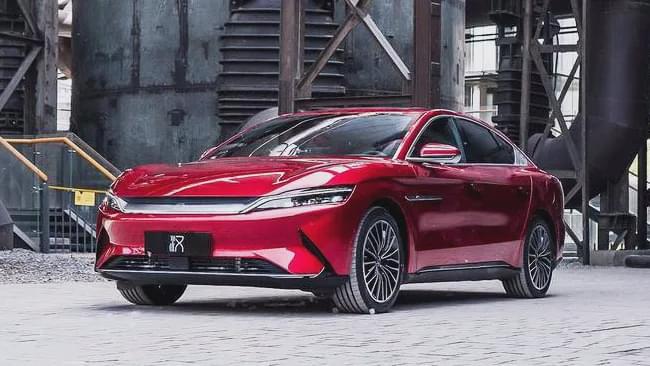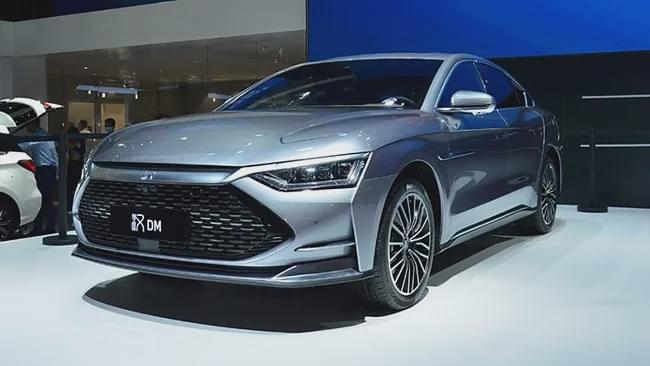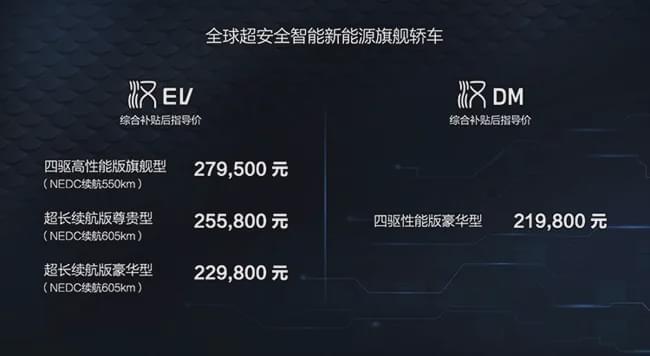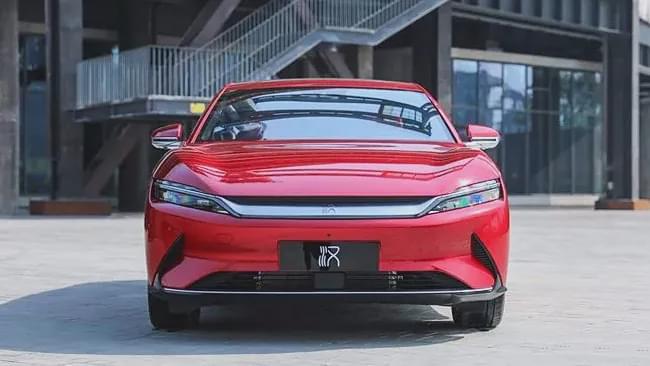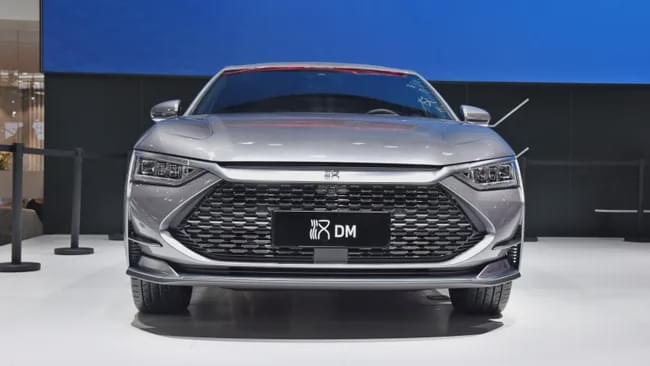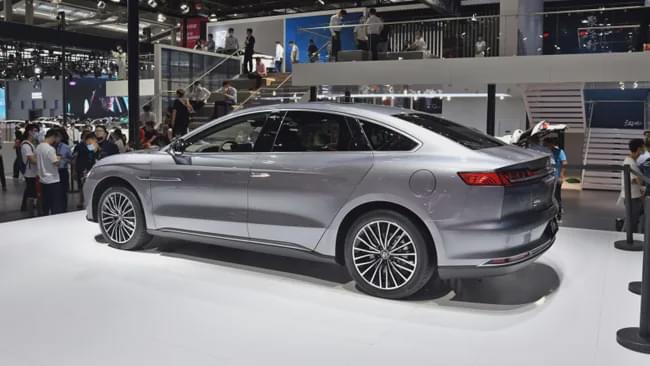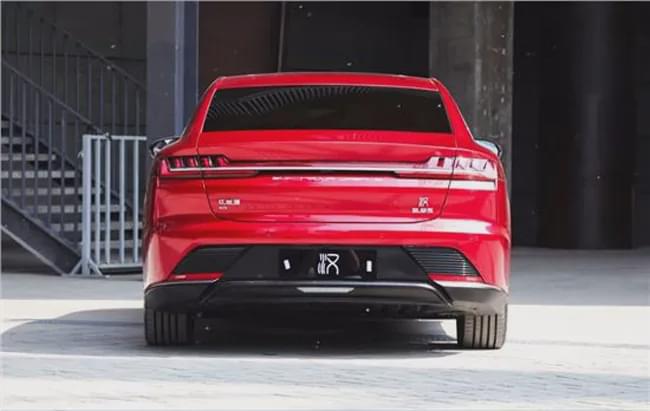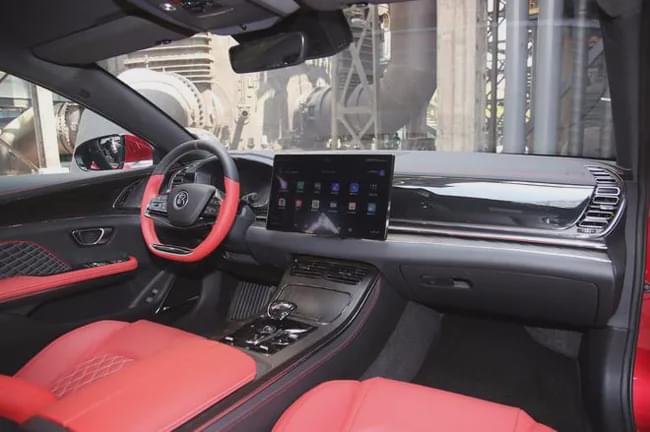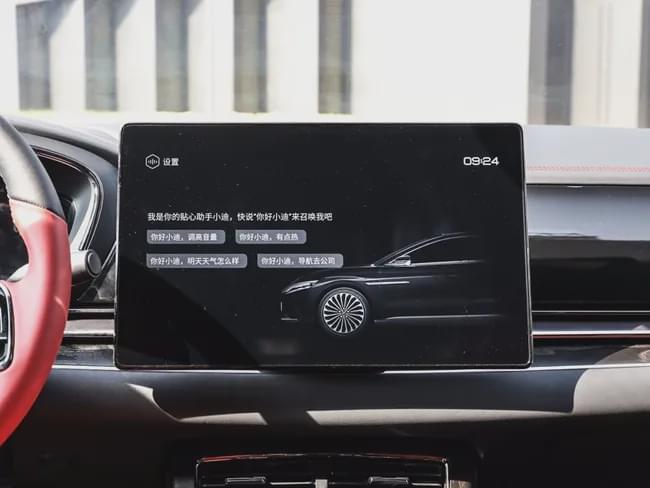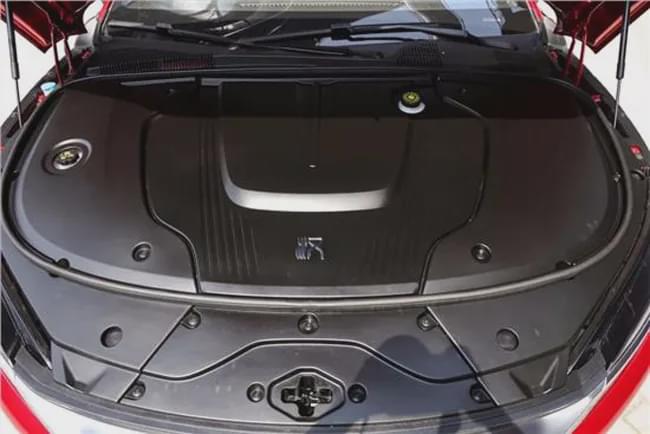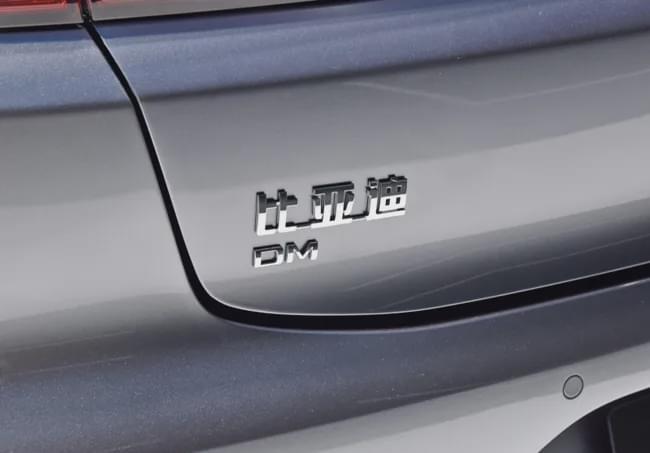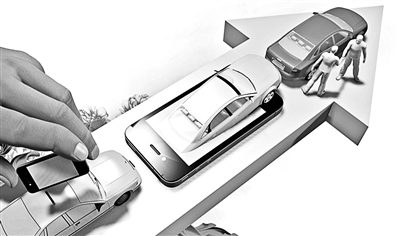
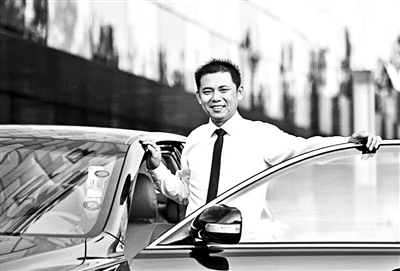
Su Kui is the director of the Guangzhou Municipal Passenger Traffic Management Office and one of the policy makers involved in the whole process of this new taxi reform. Consistent with the figures reported by the Ministry of Transportation, he can’t remember how many meetings he held. "I have been in Beijing all the time and hardly returned to Guangzhou." Su Kui said that the formulation of the whole policy from the beginning of the parties’ differences to the final relatively rational consensus, it does take a certain amount of time. It also takes a certain amount of time from the beginning when everyone thinks that online car-hailing is good, to the fact that it can see its shortcomings. Compared with the "eight-year scrapping", "employment contract", "platform reporting" and other issues that the audience is generally concerned about, Su Kui said that although these are also the focus of discussion, they are not the most controversial topics. In the policy-making process, the most difficult thing is to consider the whole. "We must not only let the online car-hailing develop in a standardized environment, but also let it compete fairly with taxis.
Whether private cars can enter online car-hailing is not the focus of controversy in the formulation of new regulations
At yesterday’s press conference, Vice Minister of Transport Liu Xiaoming introduced that for the introduction of the new regulations, the Ministry of Transport has held dozens of seminars, demonstrations, consultations and seminars of different scopes and levels to widely listen to the opinions of all parties and repeatedly study and demonstrate.
As the director of the Guangzhou Municipal Passenger Traffic Management Department, Su Kui participated in almost the whole process, including exchanges between industries and discussions between provincial and municipal authorities; there were voices from online car-hailing companies, as well as the views of ordinary citizens. Gradually form a clear understanding of the development of taxis and online car-hailing.
During this period, issues such as private car operation, scrapping system, employment contract, reporting issues, and ride-hailing were all listed as topics for discussion. Some topics were also listed as special project topics for discussion.
However, contrary to the imagination of many citizens, whether the private car, which has always been an awkward status, can operate has not become the focus of policy-making discussions. "How to enter the private car and what conditions need to be met are not particularly controversial. These need to be approved by the local government, and ultimately determined by the local government." And private cars can enter the online car-hailing platform thanks to a "new word" – "reservation rental". Su Kui explained that this is not a difficult development. Worldwide, reservation rental has existed for at least 30 years.
The development of online car-hailing and fair competition
How to balance is the most difficult part of the new regulations
These "creations" are not difficult, and it is difficult to play a game of opinions from all parties. Su Kui has repeatedly emphasized that the most controversial thing is how to regulate the development of online car-hailing without restricting the development of online car-hailing? How to develop online car-hailing while ensuring a level playing field for online car-hailing and taxis.
For example, 8-year scrapping is considering that if they are all scrapped for 8 years according to the rental operation, it is unfair to the less intensive online car-hailing. It may also push a large number of online car-hailing drivers out of the platform.
For another example, in terms of the nature of the platform, it is clearly a transportation service, not an information matchmaker. This is the same as a taxi on the starting line, and it is consistent with the feelings of passengers. What passengers need is a taxi service, not a query to obtain a piece of information. If there is a safety problem, the platform as a transportation service provider needs to take responsibility.
Whether it is the exposure draft issued last year or the new regulations that are finally difficult to introduce, the game and trade-off have always been the most difficult thing. "I am relieved that there is basically a relatively rational consensus now," Su Kui said.
Give local governments enough space
Overall, there is a supportive attitude towards ride-sharing
Xu Kangming, a professor at Shanghai Sanyi Urban Planning and Design Co., Ltd., believes that the biggest highlight of the new regulations is that they leave enough space for local governments. Holding some bottom lines, local governments have a lot of room for maneuver in terms of scrap age, vehicle thresholds and prices.
Su Kui agreed with this statement. When discussing almost any policy detail, he talked about the role that local governments should play in it.
After the introduction of the new regulations, public opinion has seen the benefits for online ride-hailing companies such as Didi and Uber, but some people are concerned that the benefits for online ride-hailing are too good, and a large number of private cars may flood into the private car platform.
Sukui admits that vehicles can be licensed and drivers no longer need to sign a fixed employment contract, which will indeed bring benefits, and does not rule out the possibility of a large increase in online car-hailing. But the final decision is up to the local government.
Local governments have different requirements for vehicles and drivers, some loose and some strict, which will directly determine the number of online car-hailing. But local governments also need to meet the principles of differentiation and quality, and not all cars can enter the special car market.
In terms of ride-sharing development, Su Kui believes that the Ministry of Transport as a whole supports ride-sharing, but it is also necessary to determine the specific content of ride-sharing according to the situation of local governments, and it is recommended that all localities introduce relevant policies simultaneously.
Overall, although the Ministry of Transport has issued new regulations, the final decision rests with local governments.
Final determination of market price
Is to leave room for policy
The new regulations will implement the government-guided price or market-adjusted price for online car-hailing, and clearly change it to the market price. On the one hand, there are opinions that the market price is a good practice to respect market laws, and on the other hand, there are opinions that the market price will allow the price to be controlled on the online car-hailing platform.
Sometimes in bad weather, many online ride-hailing platforms implement a dynamic fare increase mechanism, which does meet the needs of citizens for taxi travel, but many citizens complain that prices have risen too much.
Su Kui introduced that he does pay attention to this issue, but insisting on market prices is also a flexible approach that leaves enough room for local policies and allows the market to conduct trials and errors. Even if it is a market price, the government can take action, setting the highest price, the lowest price, and the room for fluctuation. For example, determine how much the minimum cannot be lower, to ensure that there will be no competition below the cost; the maximum cannot be higher than several times, and the guarantee cannot be sky-high. And even if there is no upper or lower limit, the market can be allowed to play a major regulatory role. If there is a problem, it is not too late for the government to intervene.
Courtesy of Visual China
Impact · Response
Online car-hailing platforms have their own strategies for the new regulations
Didi
The new regulations are the country’s affirmation and encouragement for the development of the sharing economy
According to Didi Chuxing, the new regulations clarify the legal status of online car-hailing for the first time from the level of national regulations, which is a milestone for the stable and healthy development of our country’s transportation industry.
The relevant person in charge of Didi believes that, compared with the exposure draft announced in October last year, the "Interim Measures" have adopted the opinions and suggestions of all sectors of society, experts and scholars and travel enterprises, and made many revisions and optimizations. On the basis of the license management of online car-hailing platforms, drivers and vehicles, the 8-year scrapping regulations have been cancelled, and they have been scrapped when the mileage reaches 600,000 kilometers, which is more in line with the new business model of the part-time-based online car-hailing economy. The "Interim Measures" also deleted the original quantity restriction clause, stipulating that the market will adjust the price in principle, giving the market, platforms and drivers greater autonomy, and affirming new travel methods such as ride-sharing and carpooling.
Didi said it will standardize its operations and actively apply for relevant business licenses for online car-hailing platform companies. At the same time, it encourages the integrated development of the Internet and taxis.
In addition, according to the new regulations, local governments have some discretion over the specific management standards and operating requirements of online car-hailing. "We sincerely hope that in the process of implementing central policies, local governments at all levels can encourage innovation, streamline administration and decentralize power, and create a good environment for the development of new business models."
easy to get
Adhere to the mid- to high-end business travel positioning
The online car-hailing market is basically stable, and the introduction of new regulations restricts monopolistic behavior, pulling all platforms back to the same starting line. All platforms apply for qualification licenses under the same conditions, making the current market structure possible to restructure. All platforms need to "start again".
The new regulations clarify the development orientation of "high-quality service and differentiated operation" of online car-hailing, and stipulate unfair competition behaviors such as low price and lower than cost price. Yidao has always adhered to the positioning of mid-to-high-end business travel, and insisted on forming a differentiated and complementary relationship with traditional cruise taxis in terms of vehicle models, target groups, and service quality.
Shenzhou
Continue to adhere to the B2C model of professional vehicles and drivers
During the policy formulation process, the Ministry of Transport and other departments fully listened to the opinions, suggestions and development demands of all parties, including Shenzhou Special Car, reflecting the country’s development concept and ideas of encouraging innovation, openness and inclusiveness. The release of the document is of great significance for promoting the healthy and orderly development of the online car-hailing industry.
Shenzhou Special Car will strictly follow the requirements of online car-hailing regulatory policies and continue to adhere to the B2C model of "professional vehicles, professional drivers" to provide customers with safer and better travel services.
This group article/reporter of this newspaper, Liu
Influence · People
Brother who has been in the industry for 15 years turned into a special car driver
On the morning of April 21 this year, Fang Guobao set off from his home in a black Camry, officially bid farewell to 15 years of taxi driver career, and turned around to become a Didi special car driver. 15 years of life cannot be easily changed by turning around. Despite reluctance, helplessness and even misunderstandings, Fang Guobao has not regretted his choice in the past three months. "My taxi life is not as good as day by day, I can’t change it, and it’s useless to complain. I can only adapt."
tell
Taxi revenue is gradually declining
Fang Guobao, less than 40 years old this year, is already an old taxi driver who has been driving for 15 years. Since his father is a driving school coach, Fang Guobao has loved cars since he was a child. As soon as he was 18 years old, he took the driver’s license and dreamed of being a taxi driver. In order to pay a taxi deposit of 30,000 yuan, Fang Guobao roasted chicken chops on the roadside for a year, saved more than 20,000 yuan, and borrowed 10,000 yuan from relatives and friends to collect enough money. In 2002, Fang Guobao finally drove the dream taxi.
Driving a taxi more than ten years ago, the income is already very high, and you can get about 5,000 yuan a month. In two years, Fang Guobao bought a house in Huairou.
However, more than a decade has passed, and the income of taxi drivers has not increased significantly. A little over a year ago, Fang Guobao’s average monthly net income was around 8,000 yuan. A year later, with the rise of taxi-hailing software, Fang Guobao’s net income has dropped to around 6,000 yuan. Fang Guobao clearly feels that the taxi market is getting worse day by day. I didn’t expect that a small software installed on my mobile phone three years ago would bring such a big impact on my life.
At the end of last year, Fang Guobao and his colleagues also went to Didi’s headquarters to report problems. They used to hate Didi for stealing business, but the reality is that the taxi environment has changed. He said that it is useless to complain, only to adapt.
change
The increase in new job service standards
On April 21 this year, Fang Guobao officially became a special car driver directly operated by Didi. Over the past three months, Fang Guobao has gradually adapted to the identity of a special car driver, and he has also felt the difference between a taxi driver and a special car driver, and the biggest difference is service. "In the past, driving a taxi was to treat yourself as a means of transportation, take the money to get you to your destination as soon as possible, and then go to the next job. To put it bluntly, it was to run more quickly, and the car drove more fiercely."
After becoming a special car driver, there were a lot of hard and fast rules, which even made him feel a little annoying at first. Before leaving the car every day, he sent three photos, photos of his instrument, photos of the exterior of the car, and photos of the interior of the car. Only after passing can he start receiving orders. The car was equipped with mineral water, chargers, and umbrellas, and he tried his best to meet any requests from passengers. "When we wait for passengers, we all get off at the station in front of the door and open the door for passengers. If it rains, we will use umbrellas to pick up passengers." When picking up people at the station or airport, Fang Guobao parked the car in the parking lot, and then walked to the exit of the station to pick up passengers. When encountering passengers with a lot of luggage, he went upstairs to help passengers move. " Dealing with passengers is not a big deal, but service is reflected in these trivial things, which is different from taxis. Frankly speaking, I have never done these things when driving a taxi. "
adapt
Services can be reflected in income
In the beginning, Fang Guobao didn’t want to work because of these rules and regulations. Slowly, as he became familiar with Didi’s software rules and communicated with passengers, Fang Guobao gradually got used to it. Fang Guobao said that the constraints of these rules and regulations are reflected in income. The better the service, the more you earn. Simply put, if the service is done well and the passengers score high, the system will assign high-quality orders to drivers. If the service is not done well, the passengers score low, and there are only some small jobs that do not make money. "If my evaluation is good, the system will often assign me an order of one or two hundred yuan to the airport, which is easy without traffic jams, but if the evaluation is not good, it is a short-distance small job. Catching traffic jams will not make money at all."
In the past three months, Fang Guobao’s income has increased compared to before due to the high evaluation of the other party’s national treasure by passengers. In May, he earned more than 9,000 yuan. According to the labor contract signed with the company, the higher the score of the driver, the more commission he can get.
Fang Guobao said that when renting, no matter how good your service is, it is difficult to reflect in your income. "No matter how good my attitude is, I will not be able to work more because of this."
Memory
Worried that it was illegal to drive a special car
In the first 15 years, Fang Guobao did not rest for almost 365 days. Every day when he opened his eyes, he thought that one or two hundred yuan of money would be deducted. Every day, he thought of doing more work, leaving early and returning later. Now, the weekly limited number of Japanese Guobao can also take a day off. In the past three months, Fang Guobao has increasingly recognized the identity of the special car driver, but he still cannot ignore the reality that the special car is illegal.
Just half a month ago, Fang Guobao was stopped by the law enforcement officers on his way to the airport. The incident happened suddenly, and Fang Guobao and the passengers were shocked in their hearts, and they were inevitably punished in the end. And every driver of a special car has a knot in their hearts during the past few years, fearing that they will be discovered by the law enforcement officers.
As for taxis, Fang Guobao wants to say that this is an era of fair competition, and the monopoly situation in the past has been broken. The taxi industry should think about how to improve management and service levels and compete fairly with the special car market. Article/Reporter of this newspaper, Kuang Xiaoying
Influence · Interpretation
When will the new regulations come into effect in Beijing?
Beijing Youth Daily reporter learned that after the introduction of the new regulations of the Ministry of Transport yesterday, the relevant person in charge of the Beijing transportation authority has been organizing learning. But there is no time and details for the introduction of the policy.
According to the current legal policy in Beijing, it is not legal for private cars without operating qualifications to connect to online car-hailing platforms. At present, only the first car-hailing operation model complies with the current legal framework and is considered an official car. According to the relevant person in charge of the first car-hailing car, the first car-hailing car will reach 5,000 vehicles in Beijing by the end of the year, meeting the high-end car demand of citizens in the Fifth Ring Road. However, in the near future, Beijing will make a statement on the development of taxis and online car-hailing.
Will taxi prices become more expensive?
According to the new regulations, it is impossible for the special cars and express cars that citizens are worried about to be expelled from the market. After the introduction of the taxi reform plan exposure draft last year, the relevant person in charge of Yidao Car once stated that a large number of cars do not meet the conditions, which will reduce the number of special cars and cause prices to rise. However, after the new regulations are revised, it will not be so difficult for vehicles to meet the conditions, and there will be no phenomenon of a large number of special car drivers "leaving", so the price will not change much.
Zhao Zhen, vice president of the China Transportation Enterprise Management Association, believes that price is a matter of market positioning and a challenge to the management of operating companies. Different places will vary, and prices should vary according to different services and regions. Generally speaking, prices should be more reasonable.
How to ensure the safety of passengers taking a taxi?
According to the new regulations, the first is to pre-check access, through the qualification of enterprises, vehicles, and drivers, to pre-check the basic capabilities of safety services.
The second is post-event operation supervision, requiring online ride-hailing platform companies to implement their main responsibilities and strengthen safety and service management during operation through information technology. At the same time, all localities should build and improve government supervision platforms to achieve information sharing with online ride-hailing service platforms, and strengthen supervision of business practices and the entire process of daily operations.
The third is social credit evaluation. By building a credit system for operators and drivers and incorporating it into the national credit information sharing platform, conducting service quality assessments and promptly announcing them to the public, etc., to ensure passengers’ right to know and choose.
In addition, the online car-hailing platform should carry out pre-job training and daily education on relevant laws and regulations, professional ethics, service standards, and safe operation, etc., to ensure that the drivers who provide services online are consistent with the drivers who actually provide services offline, and to report the relevant information of the driver to the taxi administrative department where the service is located to ensure the safety of passengers.
How can passengers in accidents be compensated?
The interim measures make it clear that online car-hailing platforms should purchase carrier liability insurance and other relevant insurance for passengers to fully protect the rights and interests of passengers. Beiqing Daily reporters learned that platforms such as Didi and Yidao have purchased relevant insurance for passengers.
Compared with the previous regulations, the new regulations also specify the platform as the carrier more clearly. This means that in the event of a safety problem, the online car-hailing platform cannot say that it only provides information and pushes the responsibility to the driver, but needs to bear the corresponding compensation liability.






